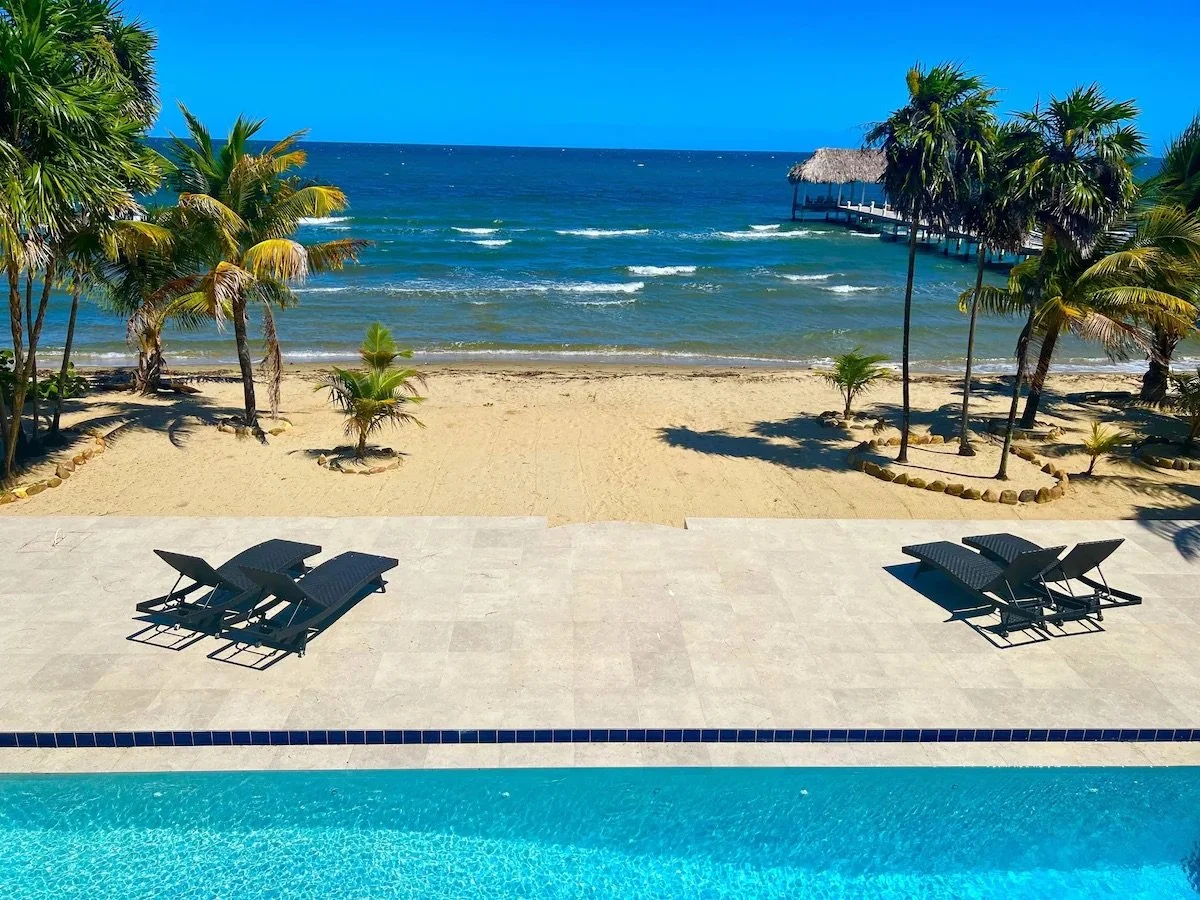
Belize
Welcome to
Great Location
Villa Shore is a spacious five bedroom private beachfront Villa located on the Caribbean Sea. Large pool on the beach with swim up palapa bar and outdoor shower. Enjoy the sunrise overlooking our breezy palm tree lined beach.
Perfectly central to all of the treasures Belize has to offer: Sport Fishing, SCUBA, Island Hopping, Snorkeling, Hiking, Mayan Ruins and Waterfalls. Minutes from culturally rich Hopkins Village, Restaurants, Bars, Grocery Stores, Farmers Markets, and shopping.
FAQs
-
How to get here: Southwest, United, Delta, American and others fly into Belize International Airport - BZE.
From BZE you can rent a car, we can arrange ground transportation (1hr 45 min drive) or you can take a "puddle jumper" flight over to Dangriga. The Maya Air flight provides great sightseeing in route to the Dangriga Airport where we can arrange transportation to Villa Shore (approx 30 mins). -
Perfectly central to all of the treasures Belize has to offer: Sport Fishing, SCUBA, Island Hopping, Snorkeling, Hiking, Mayan Ruins and Waterfalls. Minutes from culturally rich Hopkins Village, Restaurants, Bars, Grocery Stores, Farmers Markets, and shopping.
-
Host will book a local chef to cook in house if desired. You catch it and our chefs can cook it at Villa Shore or one of our favorite local restaurants. We suggest that you contact us ASAP after booking to reserve your special event.
-
Having too much fun? We may be able to extend your stay or accommodate last minute tours. Contact your host for details.





